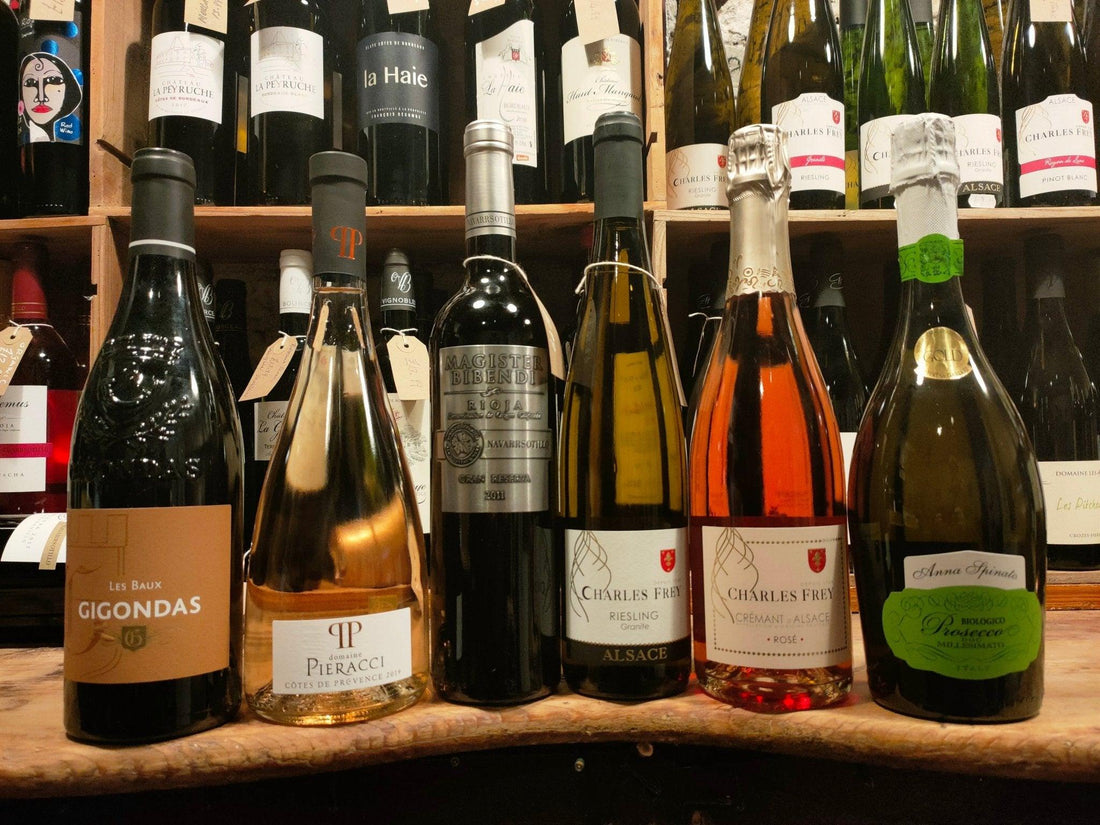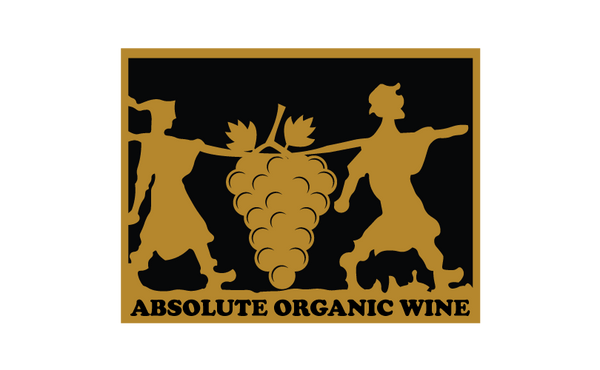
Wine Bottle? It's time to shapeup
Share
Recognising a wine region by the shape of the bottle can make choosing a great wine simpler.
At times, it can be challenging to know which wine to select when you’re looking for a special occasion or dinner with friends. Recognising a wine region by the shape of the bottle can make choosing a great wine simpler.
Wine is known as one of the most popular beverages globally, and many individuals find it a daunting task to select a bottle from a local wine store. With so many options and varieties, choosing the perfect bottle can be challenging.
But, did you know that you can quickly identify a wine region by the shape of the bottle? This simple technique can make it easier to select a perfect bottle of wine that is not only delicious but also represents the region.
The Importance of Recognising a Wine Region
Wine is produced all over the world, and every region has its unique taste, aroma, and quality. Recognising a wine region is essential because it can help you identify the origin and quality of the wine you are drinking.
The region in which a wine is produced plays a significant role in its overall flavour profile. Each region has its unique climate, soil, and weather conditions, which directly affects the flavour and quality of the grapes grown.
Furthermore, a wine's region can also help you identify the grape varietals used in its production. Different regions have varying regulations on which grape varietals can be used, so by identifying the region, you can better understand the wine's composition.
Identifying a Wine Region by the Bottle
Wine bottles come in different shapes and sizes, and the shape of the bottle can indicate the wine's origin. For example, the slender, tall bottle with a long neck is typically associated with wines from Germany.
The most famous wine region in Germany is the Mosel wine region, known for its Riesling wines. The Mosel wine bottles have a long neck that flares out at the top, which makes it easy to identify.
Another example is the Burgundy wine region in France. The Burgundy wine bottles have a wider base and sloping shoulders, making them easily distinguishable. The Burgundy region is famous for its Pinot Noir and Chardonnay wines.
The Champagne wine region in France is famous for its sparkling wines. The Champagne wine bottles are wider and heavier than other wine bottles, with deep indentations in the bottom of the bottle. The indentations are called 'punts', and the deeper the punt, the higher the quality of the Champagne.
The shape of a wine bottle can also indicate the type of wine, such as red, white, or rosé. For instance, a white wine bottle is typically taller and slimmer than a red wine bottle.
Final Thoughts
Recognising a wine region by the shape of the bottle can make choosing a great wine simpler. It can help you identify the origin and quality of the wine and understand the grape varietals used in its production.
Furthermore, it's essential to remember that while the shape of the bottle can indicate the wine's origin, it's not a fool proof method. Winemakers can use various bottle shapes for different reasons, such as marketing, brand identity, or innovation.
In conclusion, when you’re next selecting a bottle of wine, take a closer look at the shape of the bottle. You might be surprised at what you can learn about the wine inside.
